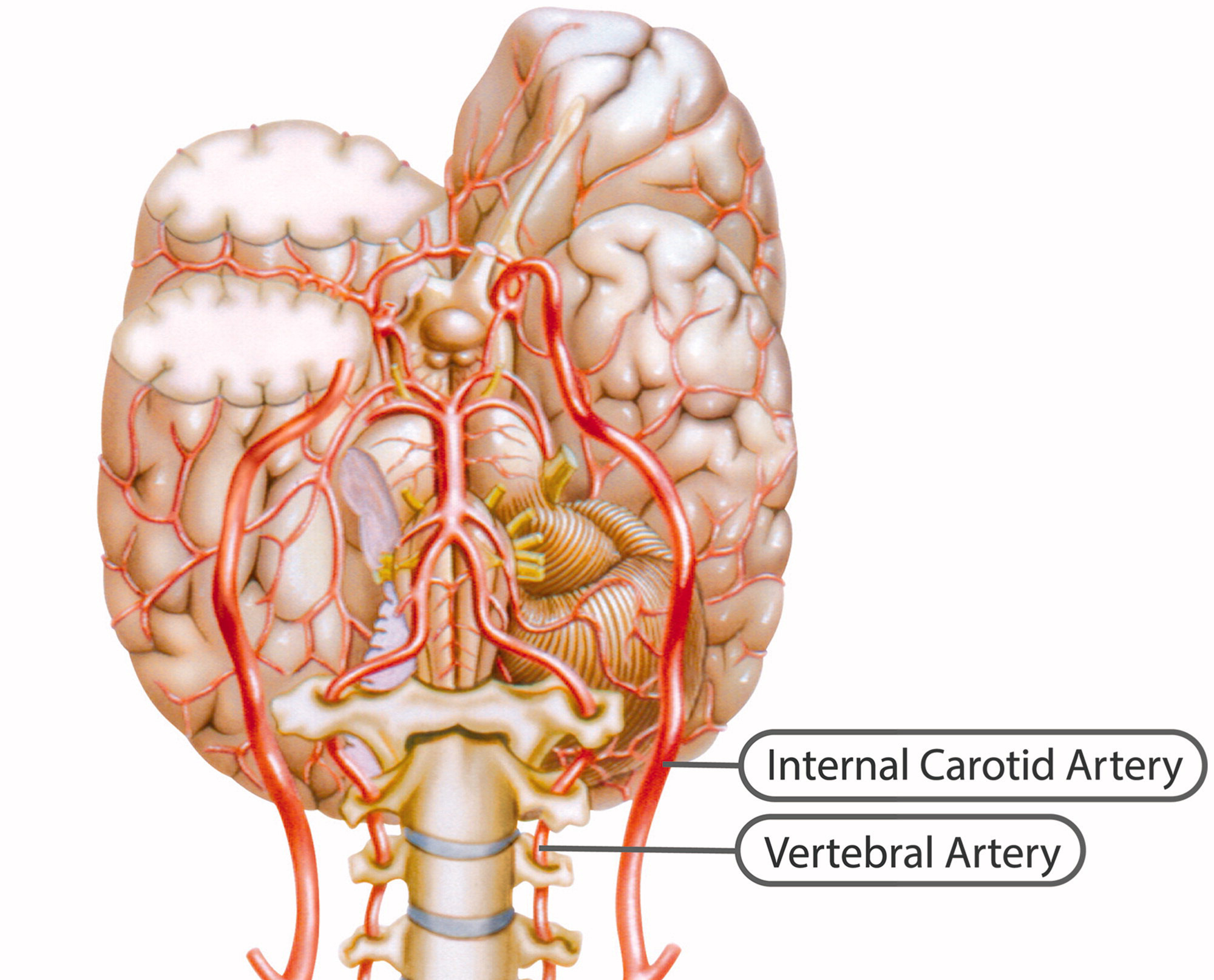Stroke Numbers Are Up Worldwide
SOURCE: MedPage Today ~ Oct 23, 2013
By Todd Neale, Senior Staff Writer
Reviewed by Robert Jasmer, MD; Associate Clinical Professor of Medicine, University of California, San Francisco
The overall burden of stroke in terms of absolute numbers of people affected around the world is growing, especially in younger age groups and in low-to-middle-income countries, a global study showed.
In 2010, there were 16.9 million people who had a first stroke, 33 million stroke survivors, and 5.9 million people who died from a stroke — increases of 68%, 84%, and 26% respectively since 1990, according to Valery Feigin, MD, of the Auckland University of Technology in New Zealand, and colleagues.
Major Points:
- Despite declining rates of nonfatal and fatal stroke, the overall burden of stroke in terms of absolute numbers of people affected around the world is growing, especially in low-to-middle-income countries, a study found.
- Note that another analysis showed that hemorrhagic — and not ischemic — stroke accounted for the majority of the worldwide burden of deaths and disability-adjusted life years lost due to stroke.
In addition, 102 million disability-adjusted life years DALYs were lost, up 12%, the researchers reported online in The Lancet.
What’s more, there was a 25% (95% CI 13% to 33%) increased incidence of stroke in those ages 20 to 64. At the end of the study period, 31% of first strokes occurred in people younger than 65, up from 25% in 1990.
If those trends continue, there will be an estimated 12 million stroke deaths, 70 million stroke survivors, and more than 200 million DALYs lost globally each year by 2030, with low- and middle-income countries bearing the brunt of the problem, they noted.
Another analysis by Feigin’s group published in The Lancet Global Health showed that hemorrhagic — and not ischemic — stroke accounted for the majority of the worldwide burden of deaths and disability-adjusted life years lost due to stroke.
“Feigin and colleagues’ important work clearly shows that, despite some improvements in stroke prevention and management in high-income countries, the growth and aging of the global population is leading to a rise in the number of young and old patients with stroke,” Maurice Giroud, MD, of the University of Burgundy in Dijon, France, and colleagues wrote in an accompanying editorial. “Urgent preventive measures and acute stroke care should be promoted in low-income and middle-income countries, and the provision of chronic stroke care should be developed worldwide.”
Feigin and colleagues examined the global burden of stroke from 1990 to 2010 using data from the Global Burden of Diseases, Injuries, and Risk Factors Study 2010.
Although there was no overall change over time in the rate of stroke when all countries were grouped together, there was a significant 12% drop (95% CI 6%-17%) in the age-standardized rate of stroke in high-income countries and a nonsignificant 12% increase (95% CI -3%-22%) in low- and middle-income countries.
Stroke mortality rates fell significantly in both groups of countries: by 37% in high-income countries and by 20% in low- and middle-income countries.
At the same time, however, the absolute number of individuals with a first-time stroke, stroke survivors, stroke deaths, and disability-adjusted life-years lost increased over time, trends that were consistent when looking at both ischemic and hemorrhagic strokes.
The average of age of people having a first stroke, of stroke survivors, and of those dying from stroke increased slightly in both high-income and low- and middle-income countries over time, but that belied the fact that stroke became more common in younger age groups.
Feigin and colleagues wrote that “these findings suggest that stroke should no longer be regarded as a disease of old age.”
“In view of the worldwide epidemic of diabetes and increasing prevalence of other cardiovascular risk factors in young adults and overall, especially in low-income and middle-income countries,” they wrote, “the shift in stroke burden towards younger populations is likely to continue globally unless effective preventive strategies are urgently implemented.”
Their paper, focusing on ischemic and hemorrhagic strokes, suggested that prevention might best be concentrated on hemorrhagic strokes.
Although hemorrhagic strokes accounted for 31.5% of all strokes in 2010, they were blamed for 51.7% of stroke deaths and 61.5% of disability-adjusted life-years lost.
In addition, the rate of incident hemorrhagic stroke — which fell in high-income countries — increased significantly by 22% (95% CI 5%-30%) over time in countries with a lower income.
The “results suggest that key priorities in the quest to reduce the global and regional burden of stroke are prevention of hemorrhagic stroke, particularly in low-income and middle-income countries, and in people younger than 75 years,” Graeme Hankey, MBBS, MD, of the University of Western Australia in Perth, wrote in an accompanying editorial.
He provided some potential targets for intervention, noting that “most hemorrhagic strokes can be attributed to hypertension and an unhealthy lifestyle (e.g., physical inactivity, obesity, unhealthy diet, alcohol excess, and smoking).”
The studies were funded by the Bill & Melinda Gates Foundation. The authors reported that they had no conflicts of interest.




This is very interesting. Over the past several years I have had more patients that I have referred to neurologist or the ER for possible stroke symptoms. I even had one patient argue with me that the numbness in her face was coming from her neck. She was very upset because I would not adjust her. She did go to the emergency room and I received a call two weeks later apologizing that she had been recovering from a stroke. Who do you think would have been blamed if I had adjusted her?